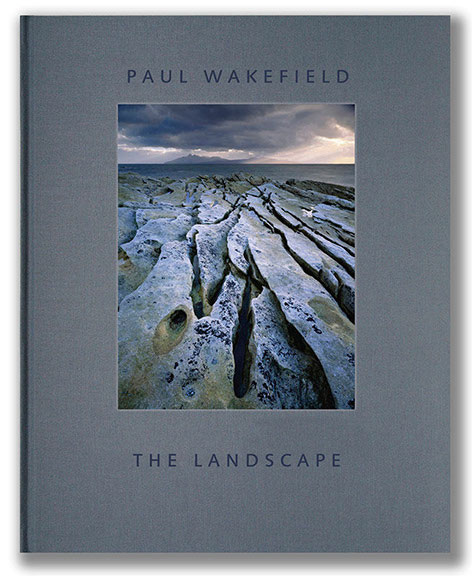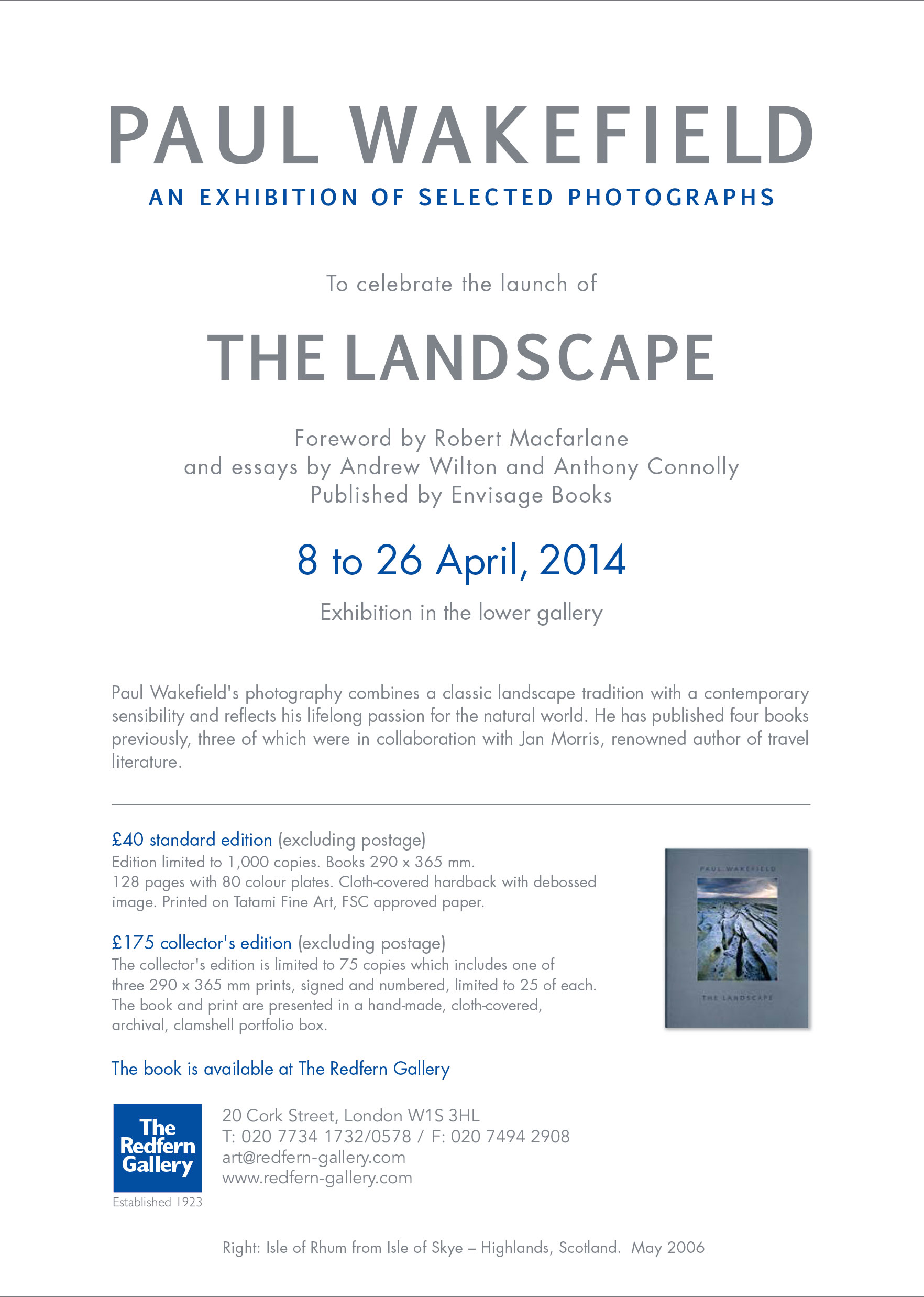When I started out on my photographic journey, there were a few key photographers that I think helped point me in the right direction.
For instance, Galen Rowell gave me permission to follow my traveling-dreams, while Michael Kenna showed me that it was totally ok to create a 'new reality' through heavy manipulation in the dark room. But there is one photographer that showed me that nature and natural scenery often possess an abstract depth to them that can be utilised to create strong imagery. That photographer is Paul Wakefield.
Wakefield's compositions of well known places are often unique, showing that there is always an abstract shape or form to nature's design. I find his images of anonymous landscapes - the kind that many of us tend to overlook - just as powerful as his images of the iconic places we know so well.

For those of you who aren't familiar with Wakefield's work, he has been a terrific influence on many notable landscape photographers. I know for instance that Joe Cornish often cites Wakefield's images of Elgol on Skye to be the catalyst for him deciding to venture there in the first place.
A few months ago, I received news that Wakefield was due to release a monograph of his work to date. I bought my copy in a matter of seconds, because I so wished to experience his beautiful work in more detail than I can on a website. The edition I bought is the £175 collectors edition in a clam-shell case with a print signed by him. There is also a standard edition at £48 available from Beyond Words books here in the UK.
The book is beautifully presented and printed on very nice matt paper. It is a large book and is very much in the style of a classic Ansel Adams monograph. I think all landscape photography monographs should be printed with a timeless-air of design to them, and Paul's book fits this category unreservedly. It is perhaps my favourite landscape monograph since Michael Kenna's Huangshan book (which you can read about here).
On a side note, there are a few images in Wakefield's book that take me to places I know well: the Lofoten islands of Norway, Torres del Paine in Patagonia and the isles of Harris, Skye and Eigg. It seems that Paul has been more of an influence on my own journey this past decade than I had originally thought. What is so joyful for me then, is to experience a different perspective of these places - sometimes I found myself doubting if his images were of the places I know, because his compositions often offer an unexpected view.
It is his skill for assembling great compositions in such a way that I find the most enjoyable in his work. I remember asking him a few years back if he could confirm that one of his images was of Lago Sarmiento in Torres del Paine, to which he replied "don't you think images become more powerful when you don't know where they are from?" I would certainly agree with this.
The book does indeed tell you where his beautiful images were shot, but it saves us from any interruption by leaving the images untitled, to enjoy for what they are, rather than for where they are a study of. For those of us with an enquiring mind, the locations are listed at the back of the book. I find this design choice a welcome one, because it removes any possibility of distraction while enjoying the work - images should be enjoyed first and foremost and analysed later.

So I end this post with news that Paul Wakefield is holding an exhibition this month at the Redfern Gallery in London from the 8th to the 26th. The gallery currently has stock of his beautiful hard bound book. The standard edition is available on-line from Beyond Words books here in the UK.
Redfern Gallery, 20 Cork Street, London W1S 3HL T: 020 7734 1732/0578 / F: 020 7494 2908 www.redfern-gallery.com
